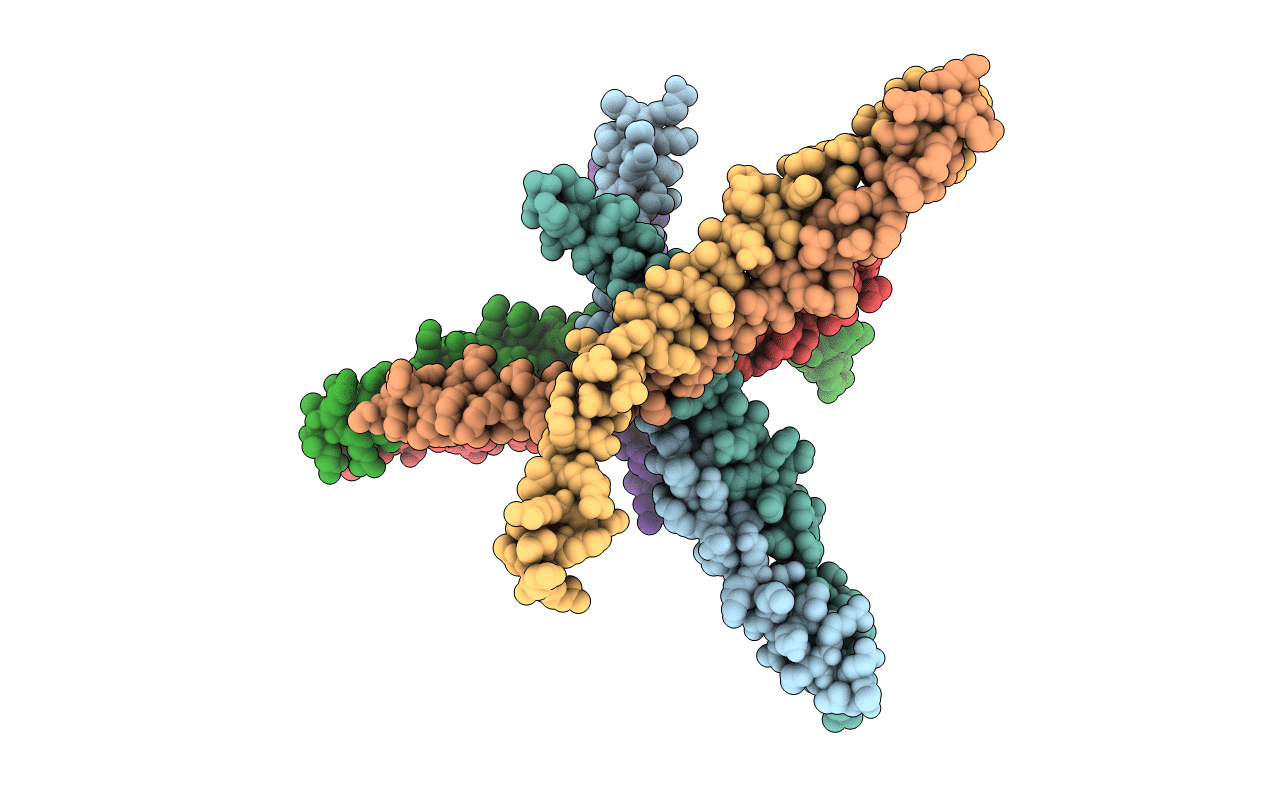
Deposition Date
2018-11-26
Release Date
2019-12-11
Last Version Date
2024-11-06
Method Details:
Experimental Method:
Resolution:
3.95 Å
R-Value Free:
0.30
R-Value Work:
0.26
R-Value Observed:
0.26
Space Group:
C 2 2 2


